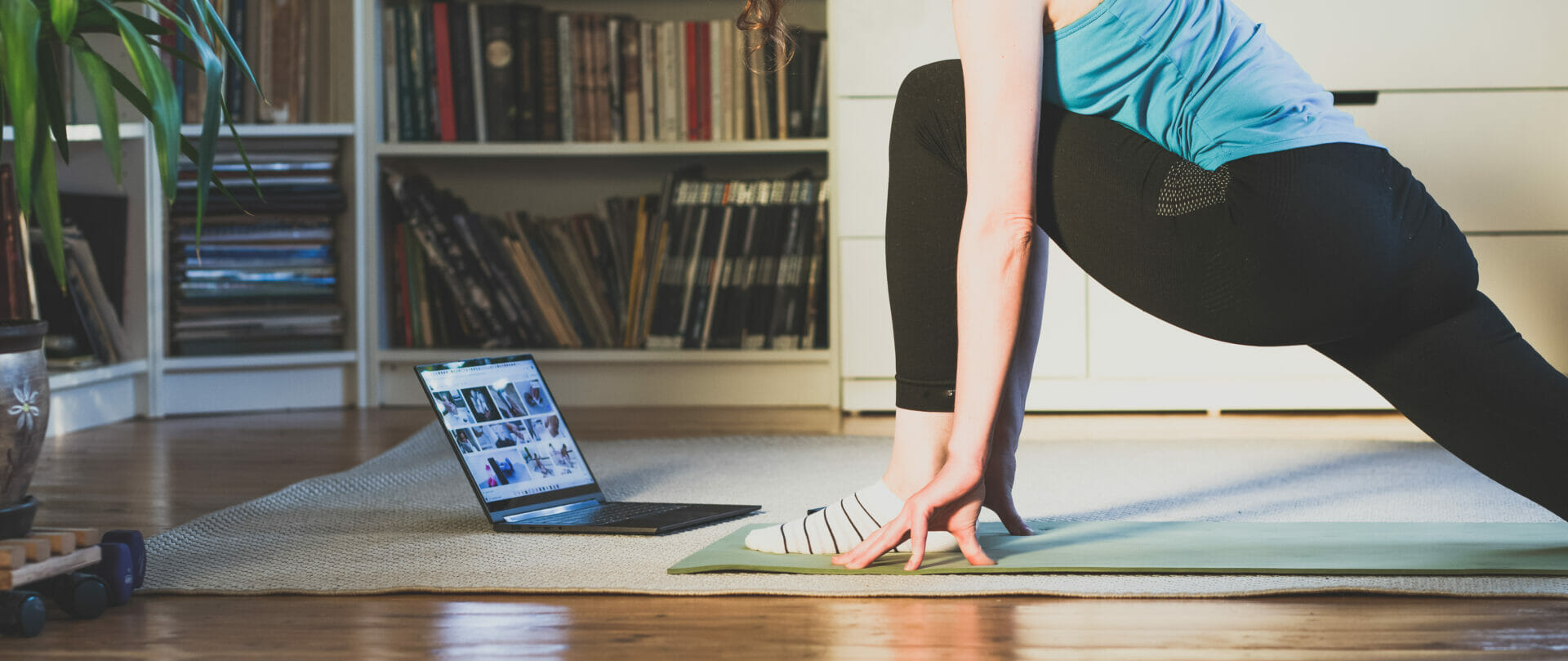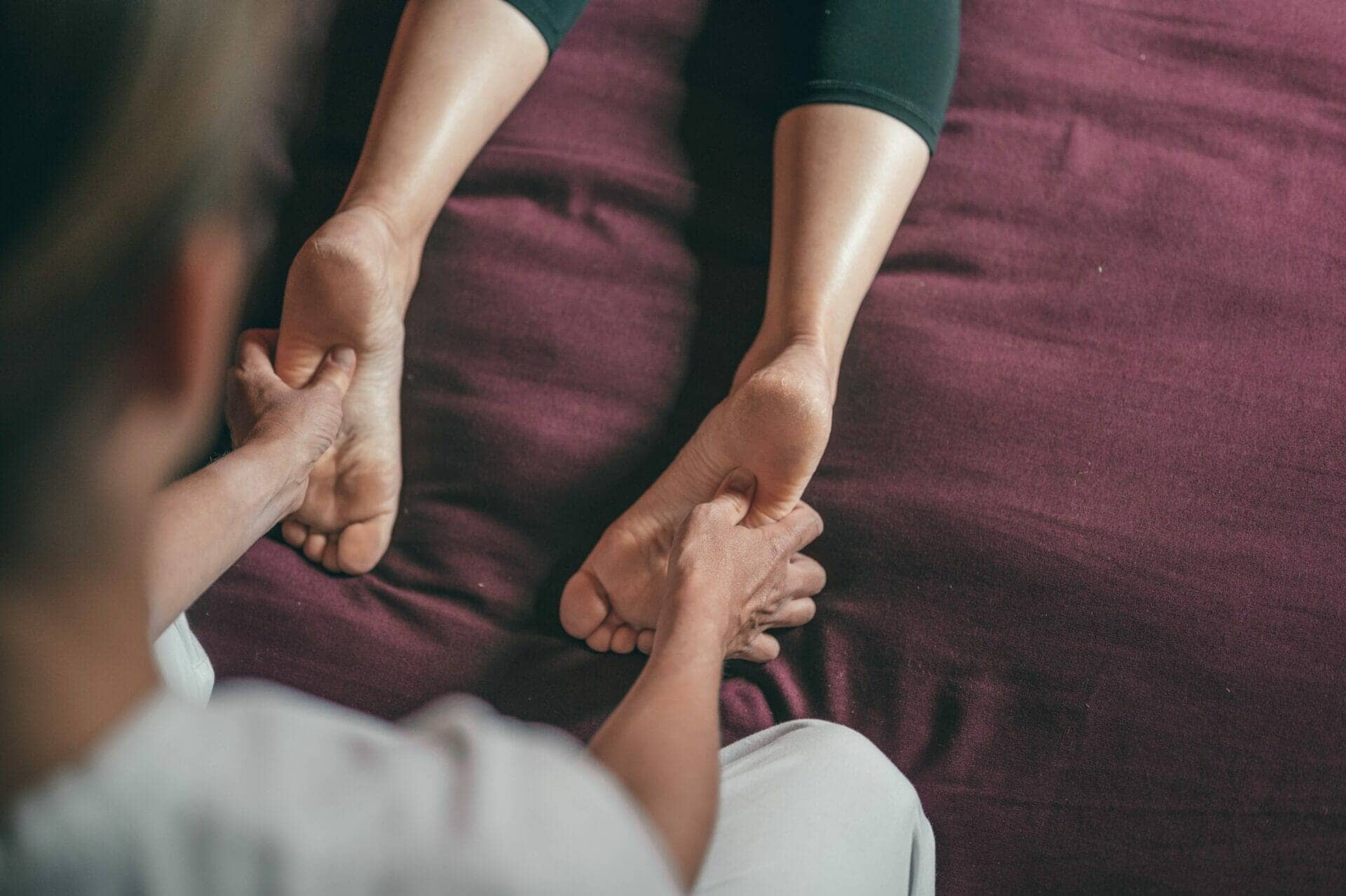Home Gym Essentials
16 Mar 2021
By: Carolyn Kierulf-Monaghan With COVID-19’s impact on gym closures and the constant uncertainty of when gyms will be open again, or how long they will stay open for – many people have adopted home workouts. But how can you exercise at home without the heavier weights or machines from a gym? (Especially since we all […]


